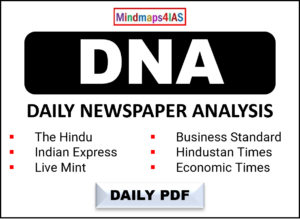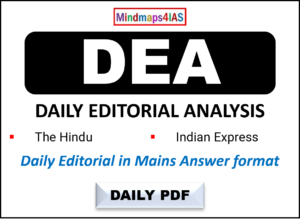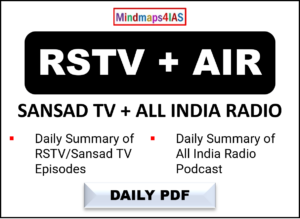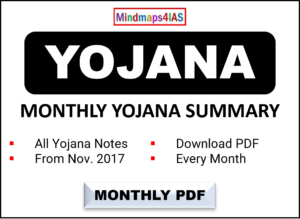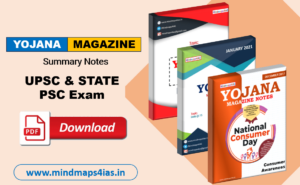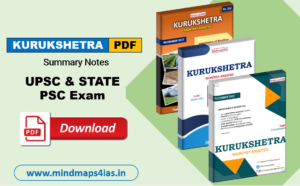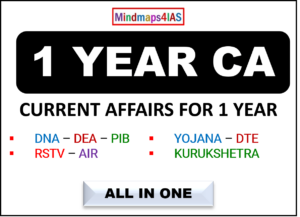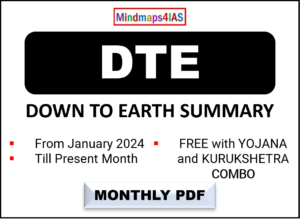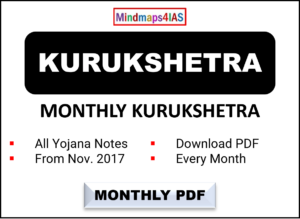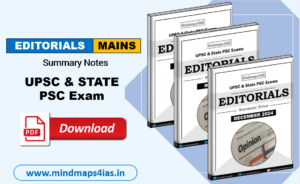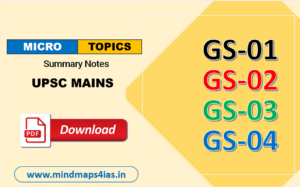UPSC Mains-2022 – General Studies 1 Trend Analysis
| No. | Question | Why UPSC Asked this question? |
| 01 | How will you explain the medieval Indian temple sculptures represent the social life of those days? (Answer in 150 words) 10 |
|
| 02 | Why did the armies of the British East India Company – mostly comprising of Indian soldiers – win consistently against the more numerous and better equipped armies of the Indian rulers? Give reasons. (Answer in 150 words) 10 |
|
| 03 | Why was there a sudden spurt in famines in colonial India since the mid-eighteenth century? Give reasons. (Answer in 150 words) 10 |
|
| 04 | Describe the characteristics and types of primary rocks. (Answer in 150 words) 10 |
|
| 05 | Discuss the meaning of colour-coded weather warnings for cyclone prone areas given by India Meteorological department. (Answer in 150 words) 10 |
|
| 06 | Discuss the natural resource potentials of ‘Deccan trap’. (Answer in 150 words) 10 |
|
| 07 | Examine the potential of wind energy in India and explain the reasons for their limited spatial spread. (Answer in 150 words) 10 |
|
| 08 | Explore and evaluate the impact of ‘Work From Home’ on family relationships. (Answer in 150 words) 10 |
|
| 09 | How is the growth of Tier 2 cities related to the rise of a new middle class with an emphasis on the culture of consumption? (Answer in 150 words) 10 |
|
| 10 | Given the diversities among the tribal communities in India, in which specific contexts should they be considered as a single category? (Answer in 150 words) 10 |
|
| 11 | The political and administrative reorganization of states and territories has been a continuous ongoing process since the mid-nineteenth century. Discuss with examples. (Answer in 250 words) 15 |
|
| 12 | Discuss the main contributions of Gupta period and Chola period to Indian heritage and culture . (Answer in 250 words) 15 |
|
| 13 | Discuss the significance of the lion and bull figures in Indian mythology, art and architecture. (Answer in 250 words) 15 |
|
| 14 | What are the forces that influence ocean currents? Describe their role in fishing industry of the world. (Answer in 250 words) 15 |
|
| 15 | Describing the distribution of rubber producing countries, indicate the major environmental issues faced by them. (Answer in 250 words) 15 |
|
| 16 | Mention the significance of straits and isthmus in international trade. (Answer in 250 words) 15 |
|
| 17 | Troposphere is a very significant atmospheric layer that determines weather processes. How? (Answer in 250 words) 15 |
|
| 18 | Analyze the salience of ‘sect’ in Indian society vis-a-vis caste, region and religion. (Answer in 250 words) 15 |
|
| 19 | Are tolerance, assimilation and pluralism the key elements in the making of an Indian form of secularism? Justify your answer. (Answer in 250 words) 15 |
|
| 20 | Elucidate the relationship between globalization and new technology in a world of scarce resources, with special reference to India. (Answer in 250 words) 15 |
|

